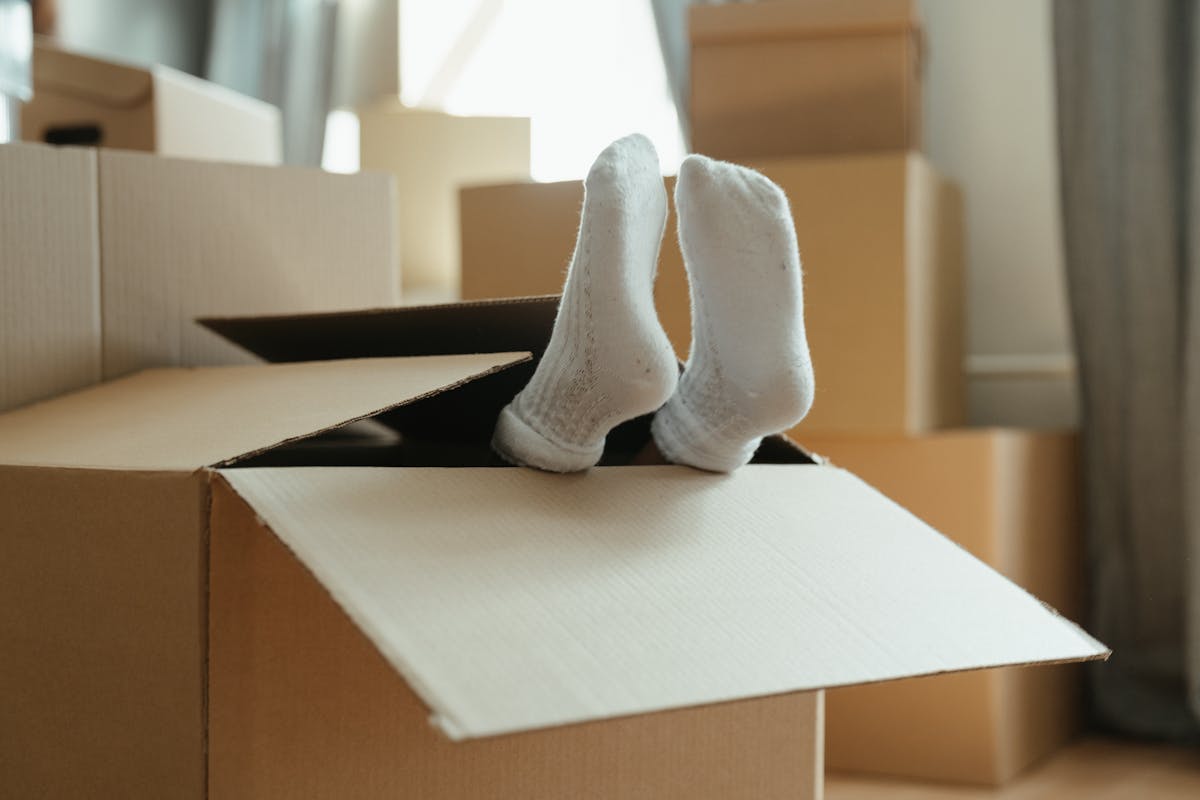Medical Compression Garments
Last updated: April 19th, 2025

Medical compression garments are specialised clothing items designed to apply controlled pressure to specific parts of the body. They are prescribed to manage various medical conditions, primarily those related to the circulatory and lymphatic systems.
Why Are Medical Compression Garments Prescribed?
Compression garments are often prescribed to address issues such as:
- Venous Insufficiency. This condition occurs when the veins struggle to send blood back to the heart, leading to swelling and discomfort. Compression garments help by applying graduated pressure, which aids in blood flow and reduces swelling.
- Lymphedema. This is a chronic condition where lymph fluid accumulates in the tissues, causing swelling. Compression garments help manage lymphedema by applying pressure that encourages lymph fluid to move back into the lymphatic vessels.
- Varicose Veins. These are enlarged, twisted veins that can cause pain and discomfort. Compression garments help by improving blood flow and reducing the pressure in the veins.
- Deep Vein Thrombosis (DVT). This is a serious condition where blood clots form in the deep veins, usually in the legs. Compression garments can help prevent DVT by improving blood circulation.
How Do Medical Compression Garments Work?
Compression garments work by applying graduated pressure. This means the pressure is highest at the farthest point from the heart and gradually decreases towards the heart. This gradient helps push blood and lymph fluid back towards the heart, improving circulation and reducing swelling.
Several healthcare practitioners can prescribe medical compression garments, including vascular surgeons, physiotherapists and medical doctors.
What Happens When Using Medical Compression Garments?
When using medical compression garments, patients typically experience the following:
- Improved Circulation. The graduated pressure helps blood and lymph fluid move more efficiently.
- Reduced Swelling. The compression helps reduce fluid buildup in the tissues.
- Pain Relief. Improved circulation and reduced swelling can alleviate pain and discomfort.
- Enhanced Mobility. By managing symptoms, compression garments can improve overall mobility and quality of life.
Patients should follow their healthcare provider's instructions for wearing and caring for their compression garments. Regular check-ups ensure the garments are fitting correctly and effectively managing the condition.